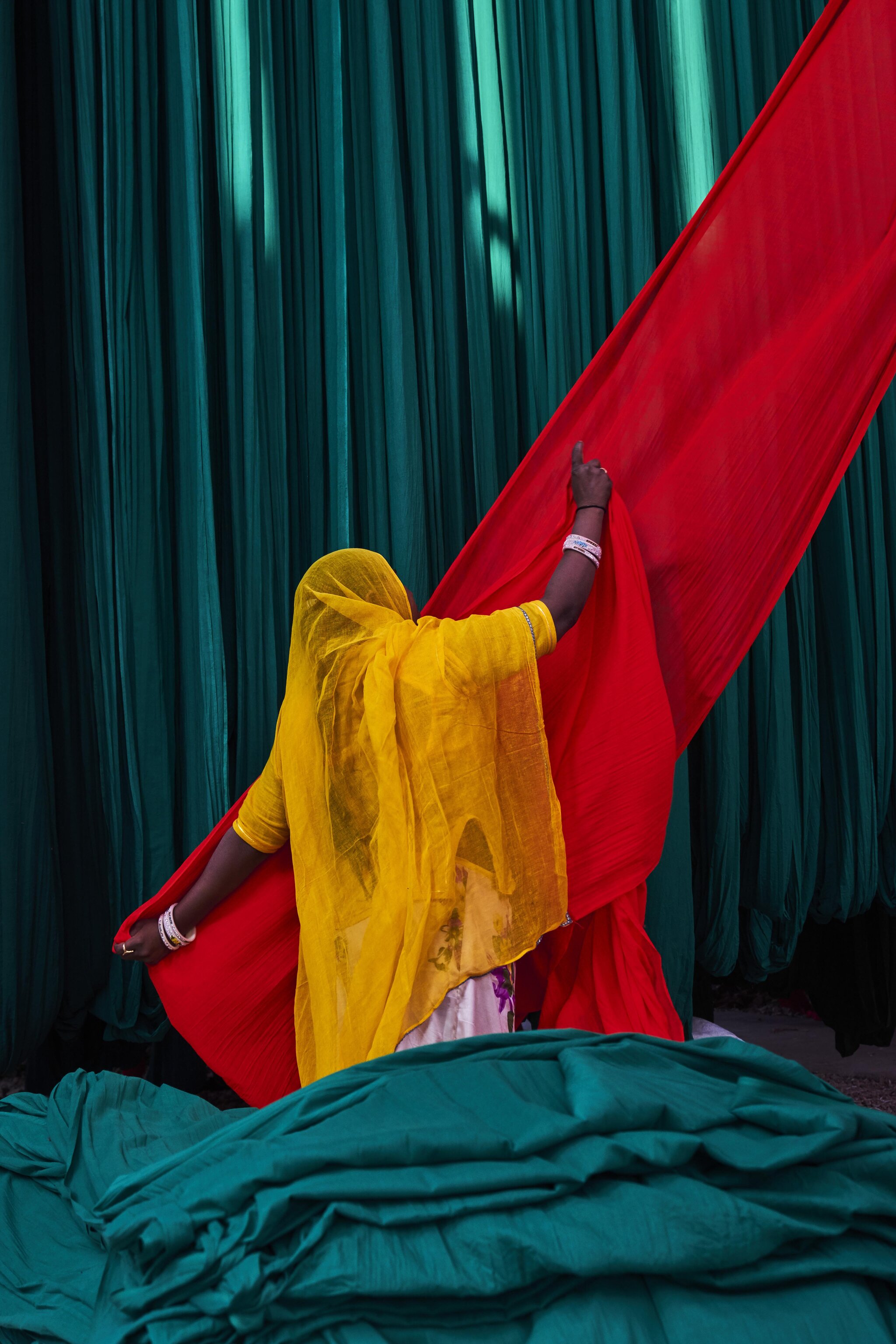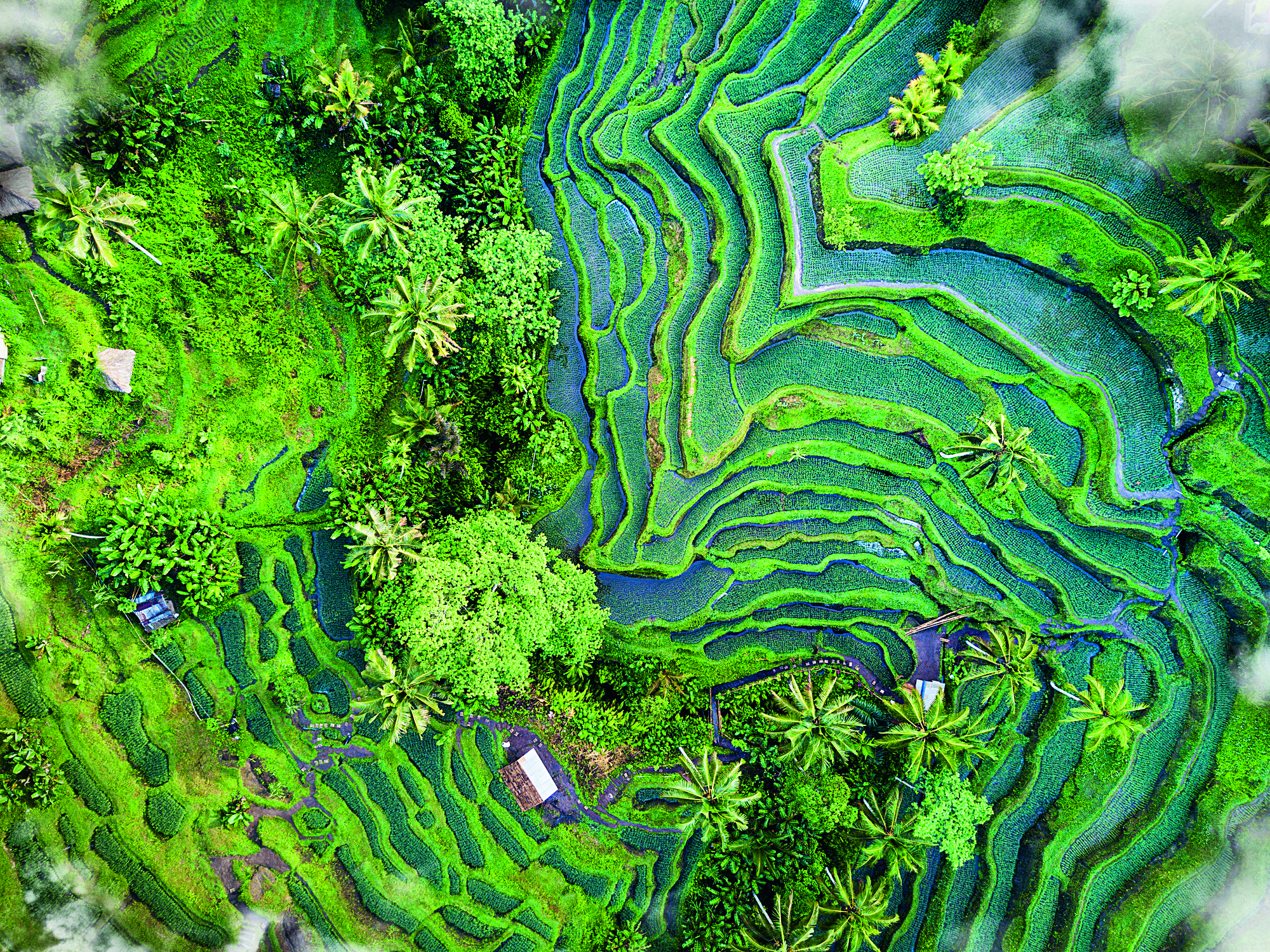

Events like COVID-19 and the war in Ukraine have shown many nations the need for having diversified economic ties to build resilience. As a result, a number of African countries are increasingly looking East.
read time: 6 miN
NEW GLOBAL POWERHOUSES, NEW GROWTH POSSIBILITIES


By Goolam Ballim


THERE HAS BEEN a significant transformation in the global economic landscape in recent decades. The dominance of Western economies is gradually giving way to the rising influence of Eastern powerhouses, particularly those in Asia. This is reshaping not only economic dynamics but also geopolitical relationships, trade patterns and investment flows, particularly in emerging markets such as Africa. Before looking more closely at how these shifts play out in Africa, it’s important to consider the factors driving the world away from the moderate multilateralism of the past 30 years.
1. Increased tension between major powers
The ongoing Sino-US rivalry has become a defining feature of the geopolitical landscape and may be further amplified under the Trump administration. This competition extends beyond economic interests to include technological superiority, political influence and military capabilities. Russia’s conflict with Ukraine further destabilised the global order, initially sending shockwaves through energy markets and supply chains.
2. Greater regionalism
As globalisation wanes, new economic blocs and alliances are coming to the fore. Terms like BRICS+ and the Global South are gaining prominence, indicating a realignment along both geographical and ideological lines.
3. Technological competition
The race for technological dominance, particularly in artificial intelligence and semiconductor production, has led to what some call the chip war. The US ban that prohibits its leading chip-makers from supplying China is a clear example of how geopolitical tensions are spilling over into the tech sector.
4. Resource scarcity concerns
Growing awareness of climate change and its potential impact on food security has prompted nations to secure their supplies through international investments. Water-scarce Middle Eastern countries and China are increasingly looking to acquire land in Africa for growing staple crops, thus reshaping agricultural investment patterns.
ASIA’S DOMESTIC GROWTH IS CHANGING HOW IT’S PERCEIVED
While Western economies, particularly in Europe, face the prospect of sluggish growth, many in Asia are poised for robust expansion. Despite recent slowdowns, Asia as a region is expected to maintain real GDP growth rates of 4% to 5% over the next decade, significantly outpacing Western averages. Even with China’s growth moderating, it’s still projected to outperform most developed economies.
Furthermore, many Asian economies are still in catch-up mode and have significant potential for further growth as they continue to transition their populations from lower to middle class. This income shift is creating vast new markets for both basic consumer goods and discretionary items.
The scale of urbanisation in Asia is also staggering. China alone is projected to develop 100 new large cities (defined as having populations of five million or more) in the next 20 years, compared to only about 13 in the US and Europe combined. This will drive demand for infrastructure and services.
Finally, as these economies mature, they’re becoming not just centres of production, but also hubs of innovation and capital, and this economic dynamism is translating into increased investment capacity. Asia, once seen primarily as an export market by Africa, is now a significant source of capital.
NEW INVESTMENT PATTERNS IN AFRICA
The shift from West to East is particularly evident in Africa’s investment landscape. China has emerged as a dominant player, accounting for nearly 20% of Africa’s international trade, up from just 1% three decades ago. It’s now the number one trading partner for about 90% of African economies, a testament to its economic heft and strategic focus on the continent.
Countries like India and Brazil have also increased their economic engagement with Africa, often through state-led initiatives and economic diplomacy. India not only shares a similar colonial history with many African countries, but it has faced largely the same political, economic and demographic challenges experienced in Africa today. In addition to this kinship, India-Africa trade has grown more than twenty-fold to over USD97 billion since 2000, putting it a close second to China. Brazil, after a decade of waning relevance in Africa, is back as evidenced by the theme of last year’s Brazil Africa Forum in São Paolo, namely Infrastructure Investment to Boost Sustainable Development in Brazil and Africa.
In contrast, Western involvement, particularly from the United States, has been primarily driven by multinational corporations rather than governments. This difference in approach has implications for the nature and scope of investments.


“Prizing open Asian export will require recalibrating relationships with Africa’s traditional Western partners.”
AFRICA’S STRATEGIC IMPORTANCE
As geopolitical competition intensifies, Africa’s strategic importance grows. The continent offers several key advantages, such as a large and growing consumer market, abundant natural resources, potential for significant infrastructure development, and a youthful population.
Africa’s 1.2 billion people are expected to double by 2050 and represent a significant opportunity for businesses looking to expand their consumer base. Our vast reserves of minerals, oil and gas continue to attract international interest, though there’s an increased focus on sustainable extraction and local value addition. There’s also an enormous need for investment in power generation, transportation networks and telecommunications infrastructure across the continent.
For emerging Eastern powers, engagement with Africa also provides a means to build alliances and counterbalance Western influence. This has led to increased competition among global powers to establish a presence on the continent, often manifested through investment, diplomatic initiatives and aid.


NEW FINANCIAL FLOWS, NEW ECONOMIC GROWTH
Asian banks are increasingly providing liquidity to African financial institutions, enabling them to expand lending and spur economic growth. Partnerships like the one between Standard Bank and the Industrial and Commercial Bank of China demonstrate the potential for knowledge exchange and increased financial flows between Asia and Africa.
The development of new financial products, too, follows the growth in trade and investment between the two continents. This includes trade finance instruments, cross-border payment solutions, and investment vehicles tailored to the needs of Asian investors in African markets.
Financial services can further act as a growth multiplier. By expanding access to credit, banks boost buying power, stimulating both demand and production. This can be particularly impactful in emerging economies where many are still underbanked. The rise of fintech in both Asia and Africa is also creating new opportunities for financial inclusion and cross-border transactions. Kenya’s M-Pesa is a poster child for fintech in Africa, but there are many similar examples that also have many millions of users. For instance, Chinese-backed OPay is one of the largest fintechs in Nigeria with over 30 million clients using it to send and receive money, and make fast digital payments.
HOW CAN AFRICA USE THIS MOMENT?
As this shift continues, several factors will be critical for Africa’s growth trajectory. One will be the implementation of the African Continental Free Trade Agreement that aims to boost intra-African trade, which is currently about 16% of the continent’s total trade.
African countries also need to work on prizing open Asian markets to their exports while recalibrating relationships with traditional Western partners. This requires sophisticated economic diplomacy and a clear understanding of global value chains. It will be crucial to carefully navigate relationships with multiple partners without becoming entangled in global ideological conflicts. This calls for a nuanced approach that prioritises national interests while maintaining a degree of neutrality in broader geopolitical disputes.
As the world grapples with climate change, Africa has the opportunity to leapfrog to more sustainable models of development. This will involve renewable energy, sustainable agriculture and green manufacturing. Embracing digital technologies can help to improve governance, enhance productivity and create new economic opportunities with sufficient investment in infrastructure and skills development.
The shift from West to East clearly presents both opportunities and challenges for the global economy. For Africa, it offers the chance to diversify partnerships, attract new investments, and accelerate economic development. However, success will depend on strategic policymaking, effective economic diplomacy, and the ability to navigate an increasingly complex geopolitical landscape. Ultimately, Africa’s place in the world order will be determined by its ability to leverage its strengths while addressing its challenges.






